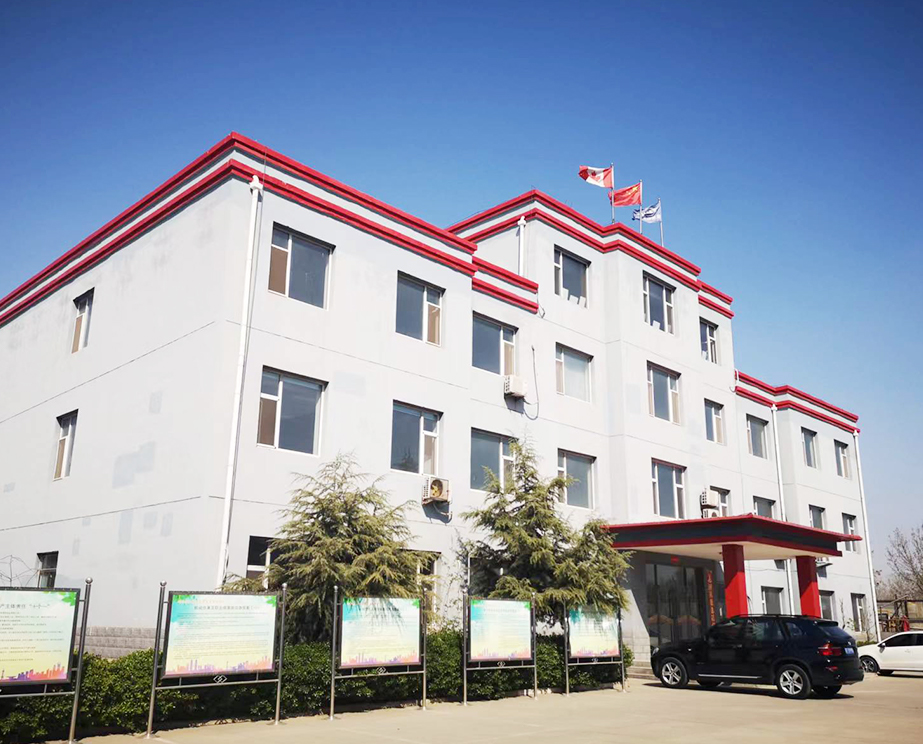- Afrikaans
- Albanian
- Amharic
- Arabic
- Armenian
- Azerbaijani
- Basque
- Belarusian
- Bengali
- Bosnian
- Bulgarian
- Catalan
- Cebuano
- Corsican
- Croatian
- Czech
- Danish
- Dutch
- English
- Esperanto
- Estonian
- Finnish
- French
- Frisian
- Galician
- Georgian
- German
- Greek
- Gujarati
- Haitian Creole
- hausa
- hawaiian
- Hebrew
- Hindi
- Miao
- Hungarian
- Icelandic
- igbo
- Indonesian
- irish
- Italian
- Japanese
- Javanese
- Kannada
- kazakh
- Khmer
- Rwandese
- Korean
- Kurdish
- Kyrgyz
- Lao
- Latin
- Latvian
- Lithuanian
- Luxembourgish
- Macedonian
- Malgashi
- Malay
- Malayalam
- Maltese
- Maori
- Marathi
- Mongolian
- Myanmar
- Nepali
- Norwegian
- Norwegian
- Occitan
- Pashto
- Persian
- Polish
- Portuguese
- Punjabi
- Romanian
- Russian
- Samoan
- Scottish Gaelic
- Serbian
- Sesotho
- Shona
- Sindhi
- Sinhala
- Slovak
- Slovenian
- Somali
- Spanish
- Sundanese
- Swahili
- Swedish
- Tagalog
- Tajik
- Tamil
- Tatar
- Telugu
- Thai
- Turkish
- Turkmen
- Ukrainian
- Urdu
- Uighur
- Uzbek
- Vietnamese
- Welsh
- Bantu
- Yiddish
- Yoruba
- Zulu
High-Quality Irrigation Pipe Couplings for Efficient Water Management
The Importance of Irrigation Pipe Couplings in Agricultural Efficiency
Irrigation plays a pivotal role in modern agriculture, ensuring that crops receive adequate water supply, especially in regions prone to drought. Among the many components that constitute an efficient irrigation system, pipe couplings are often overlooked. However, these small yet vital pieces of equipment are essential for maintaining the integrity and efficiency of irrigation networks.
Irrigation pipe couplings serve as connectors between lengths of pipe, allowing for flexibility in the layout of irrigation systems. They are available in various materials, including PVC, polyethylene, and metal, each chosen based on the specific needs of the agricultural operation. Selecting the right type of coupling is crucial; for instance, PVC couplings are lightweight, resistant to chemicals, and often used in surface irrigation, while metal couplings may be favored in more permanent, pressurized systems.
One of the major benefits of using high-quality irrigation pipe couplings is their ability to prevent leaks. Leaks not only waste water—a precious resource in farming—but can also lead to uneven water distribution. This inconsistency can cause some areas of a field to be overwatered while others remain dry, leading to poor crop yields. By ensuring a tight seal and reliable connections, the right couplings eliminate these risks, promoting uniform water distribution and improving the overall health of the crops.
irrigation pipe coupling

Durability and ease of installation are additional advantages offered by decent plumbing couplings. Unlike those made from inferior materials that may corrode or break over time, high-quality couplings can withstand harsh outdoor conditions, including variations in temperature and exposure to ultraviolet (UV) rays. This resilience is particularly important in agricultural settings where downtime can lead to significant financial losses.
Furthermore, modern advancements in irrigation technology have led to the development of specialized couplings designed for specific applications. For example, coupling systems equipped with quick-connect features provide farmers with the convenience of assembling or disassembling irrigation systems rapidly. This is particularly beneficial when adjusting field layouts for crop rotation or repairing sections of the irrigation network.
Regular maintenance of irrigation systems is also critical for long-term success. Couplings should be inspected periodically for signs of wear and tear, including cracks or signs of leakage. Prompt replacement of damaged couplings can prevent more extensive system failures and ensure that crops are consistently provided with water, ultimately safeguarding them against drought and enhancing productivity.
In conclusion, irrigation pipe couplings may be small components within the vast landscape of agricultural resources, but their impact is undeniable. With the appropriate selection and maintenance of these couplings, farmers can optimize their irrigation systems, minimize water wastage, and ensure healthier crop yields. As the agriculture sector continues to evolve and address challenges posed by climate change and population growth, the role of efficient irrigation infrastructure using reliable pipe couplings will remain crucial for sustainable farming practices.
-
Tubing Pup Joints: Essential Components for Oil and Gas OperationsNewsJul.10,2025
-
Pup Joints: Essential Components for Reliable Drilling OperationsNewsJul.10,2025
-
Pipe Couplings: Connecting Your World EfficientlyNewsJul.10,2025
-
Mastering Oilfield Operations with Quality Tubing and CasingNewsJul.10,2025
-
High-Quality Casing Couplings for Every NeedNewsJul.10,2025
-
Boost Your Drilling Efficiency with Premium Crossover Tools & Seating NipplesNewsJul.10,2025







